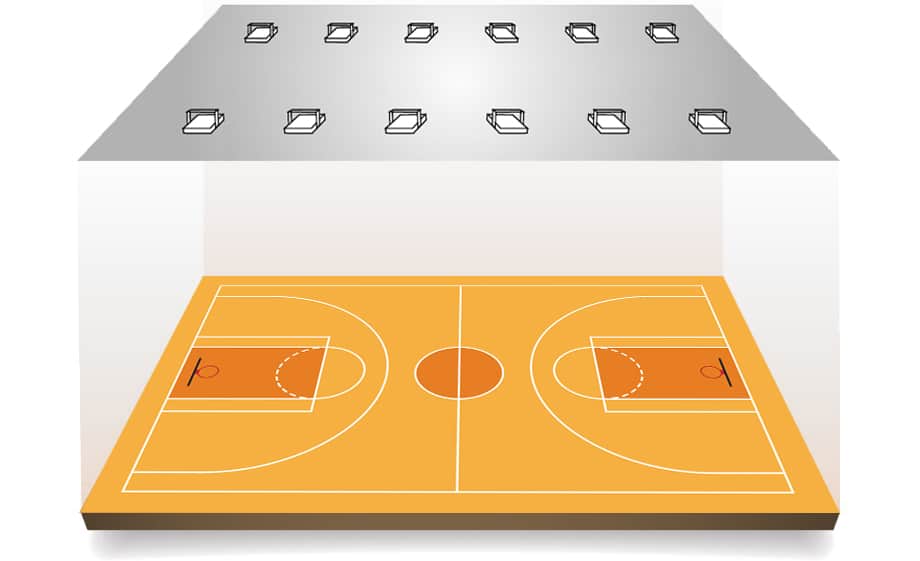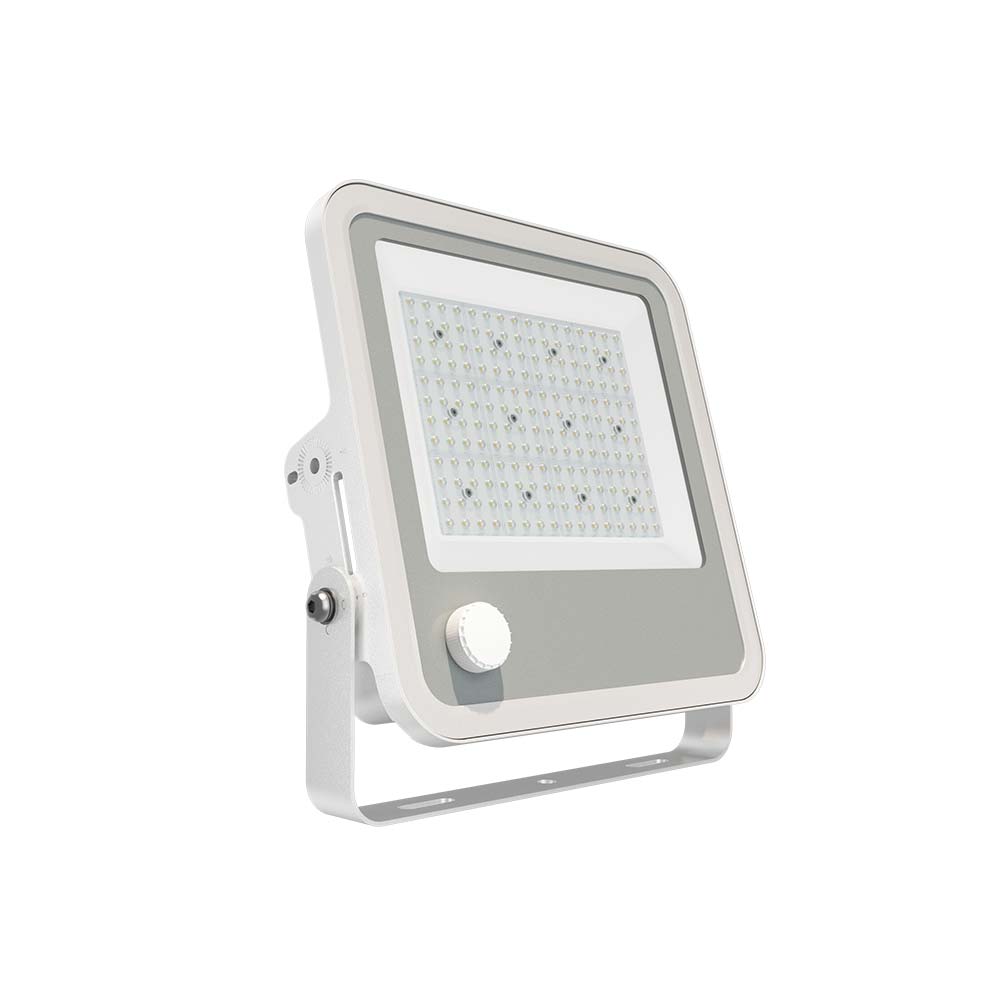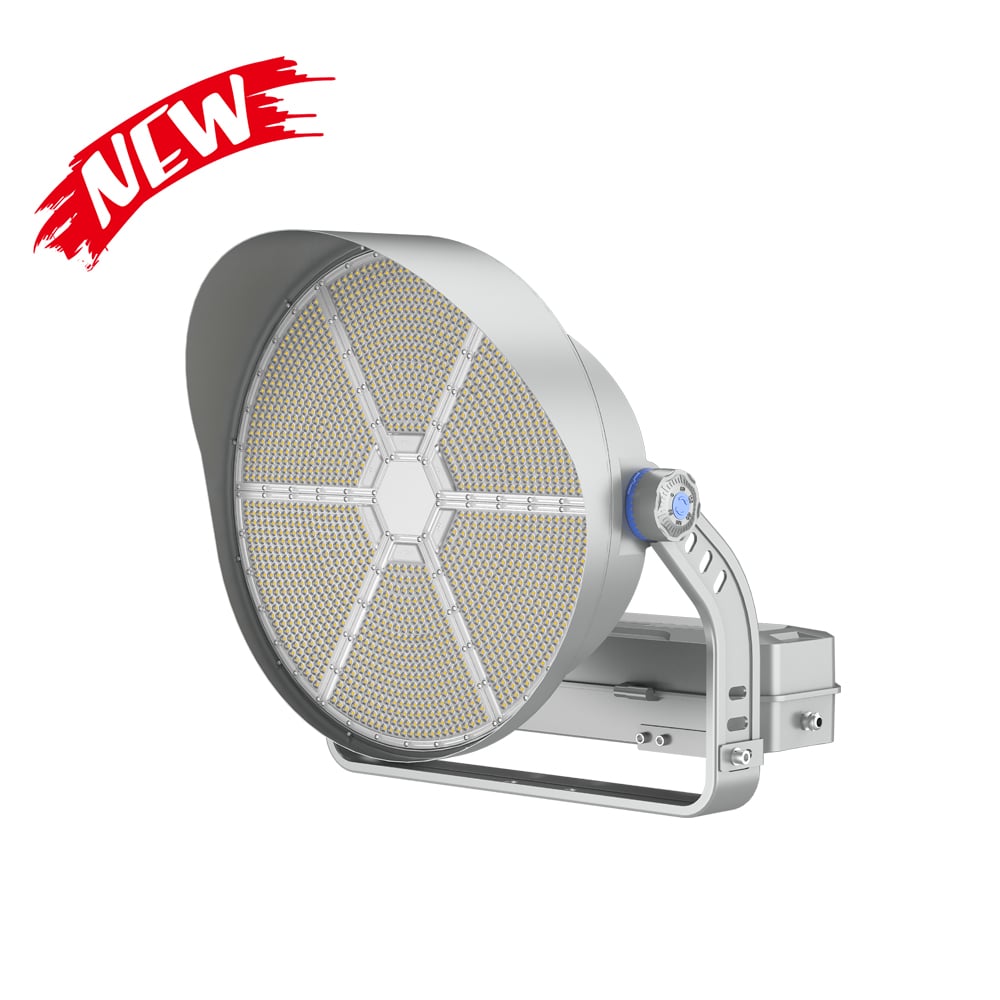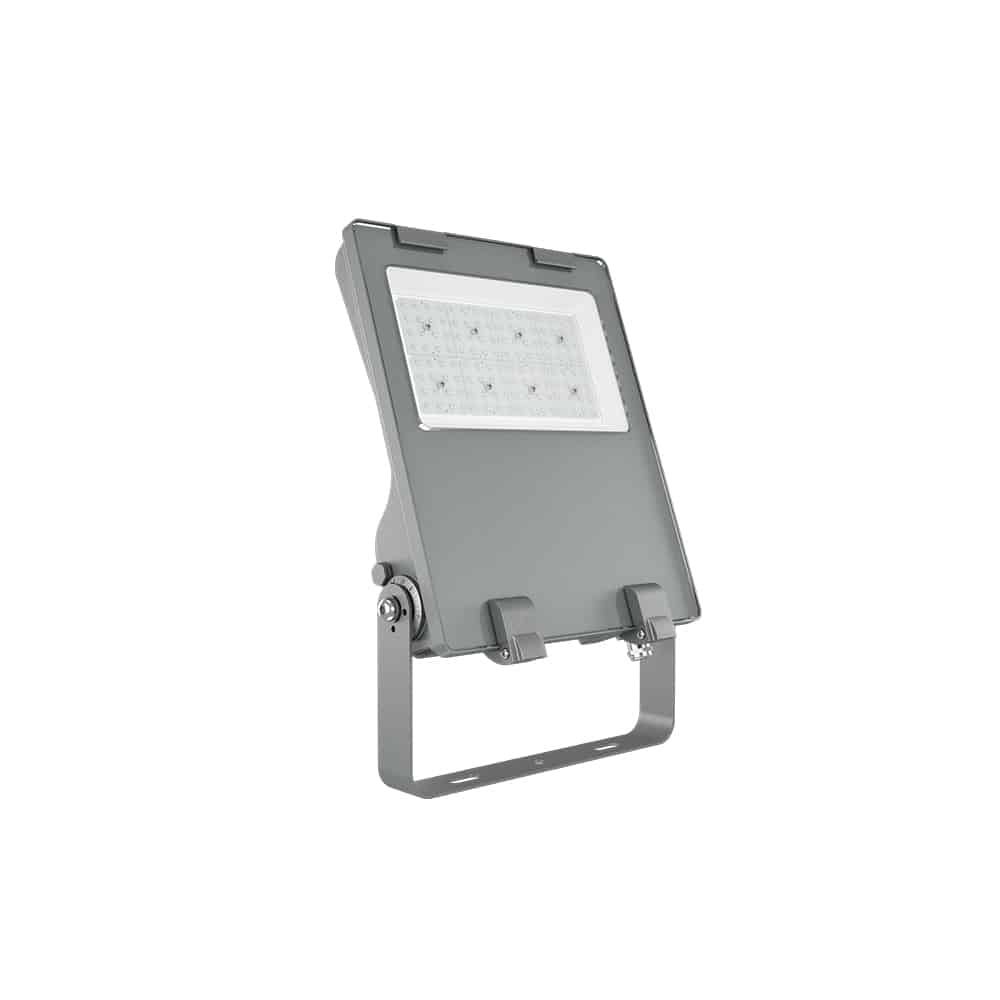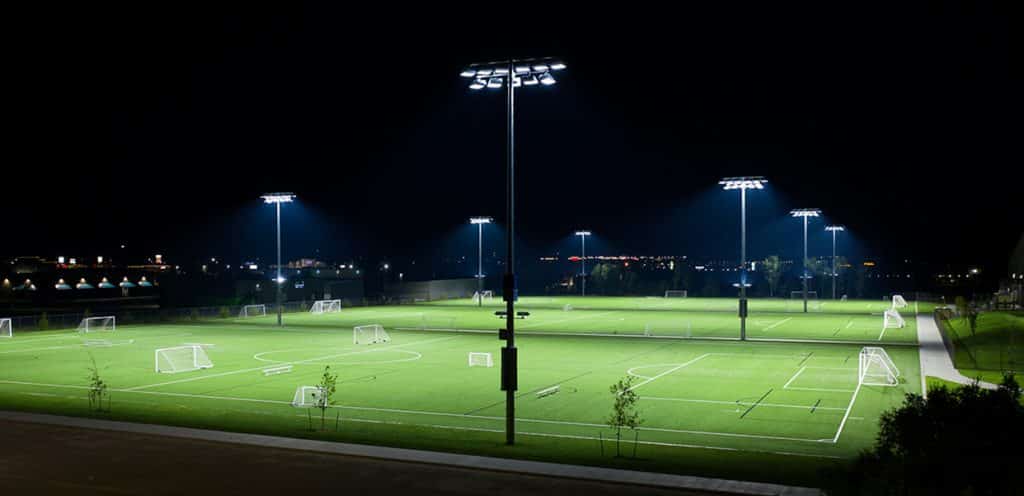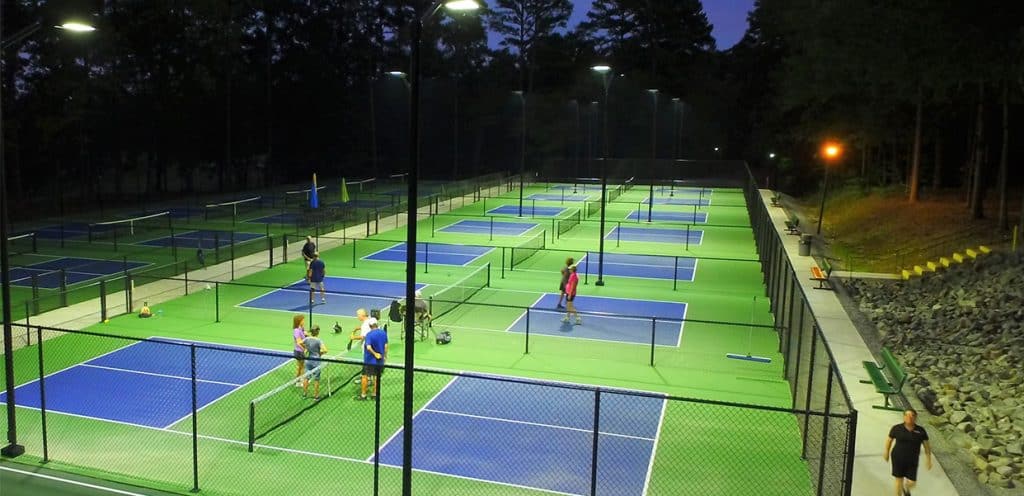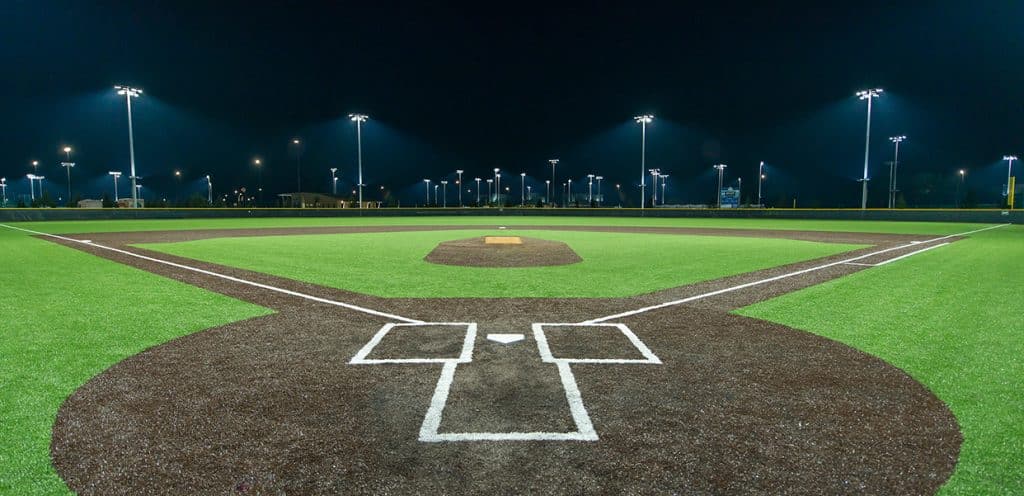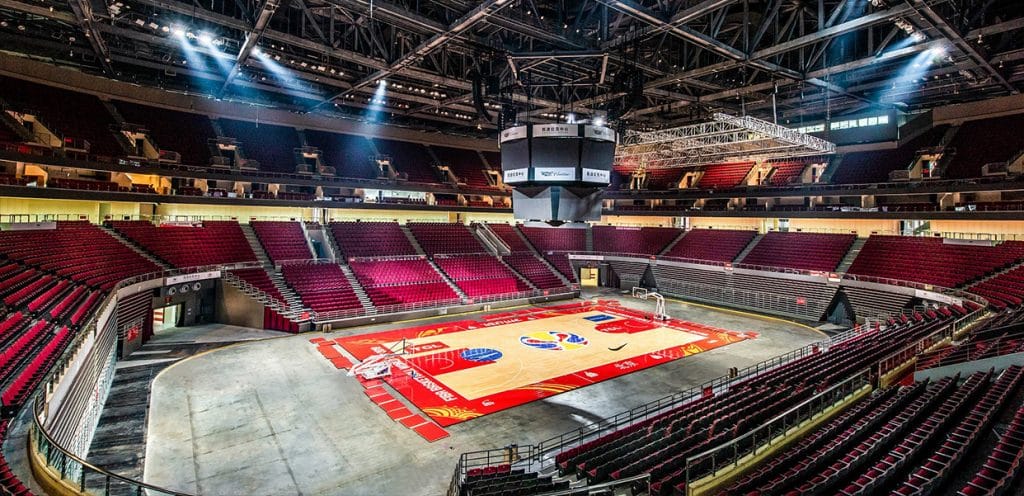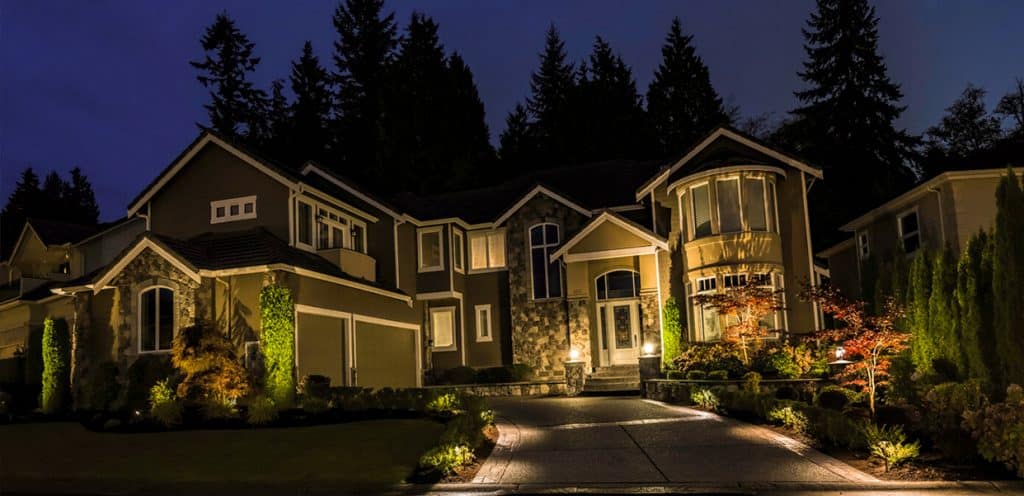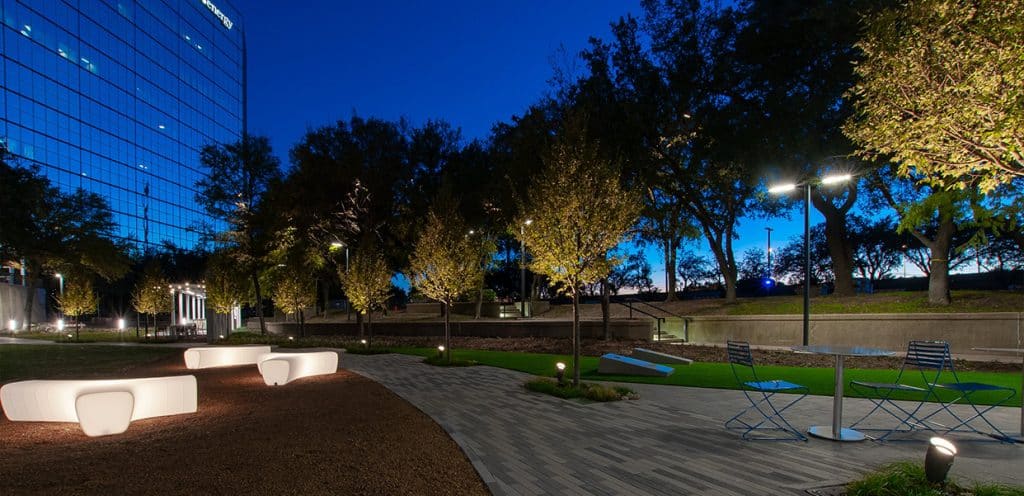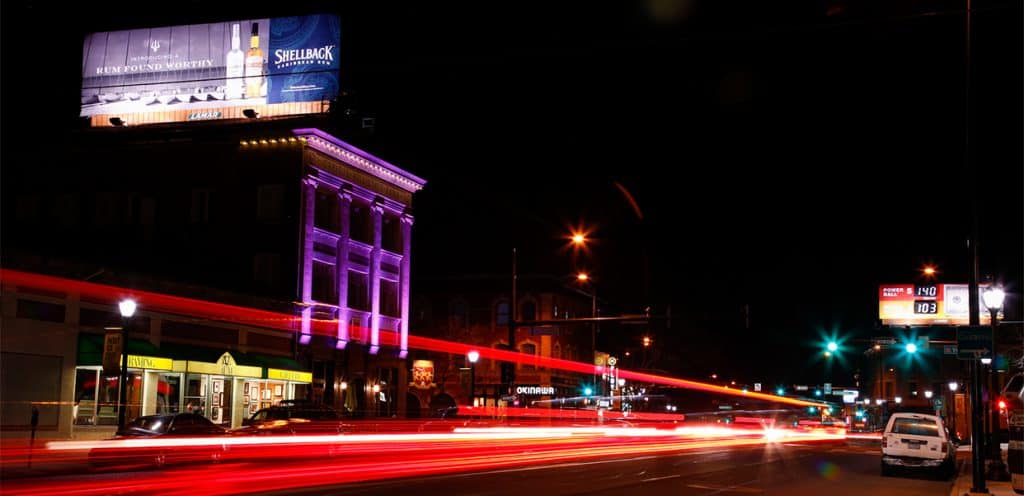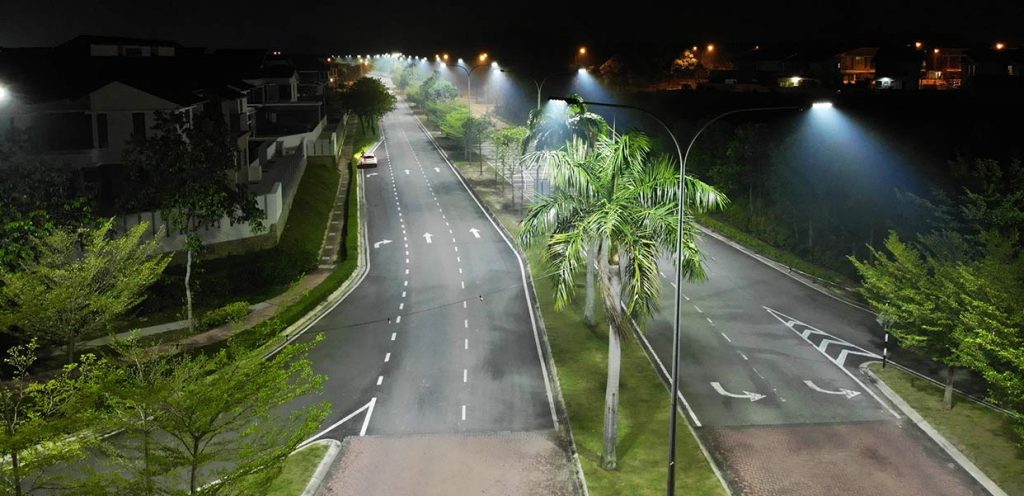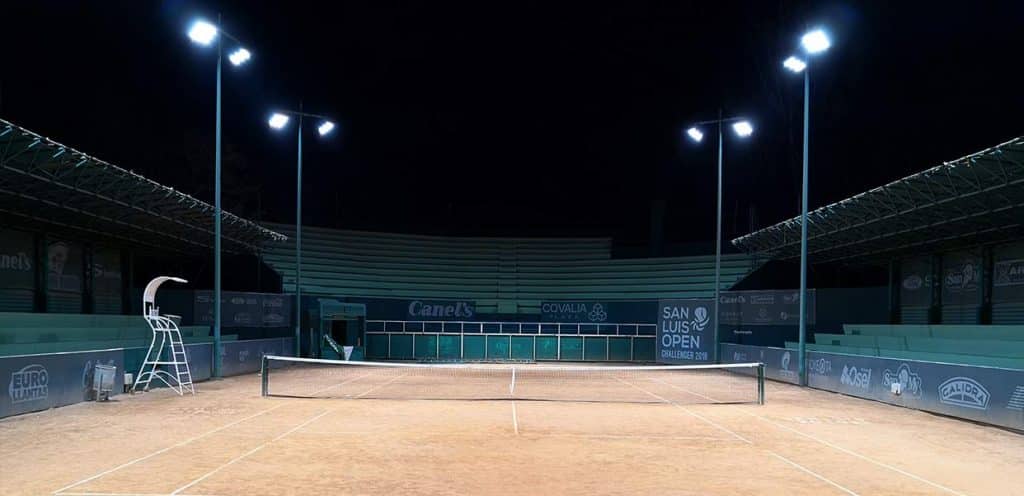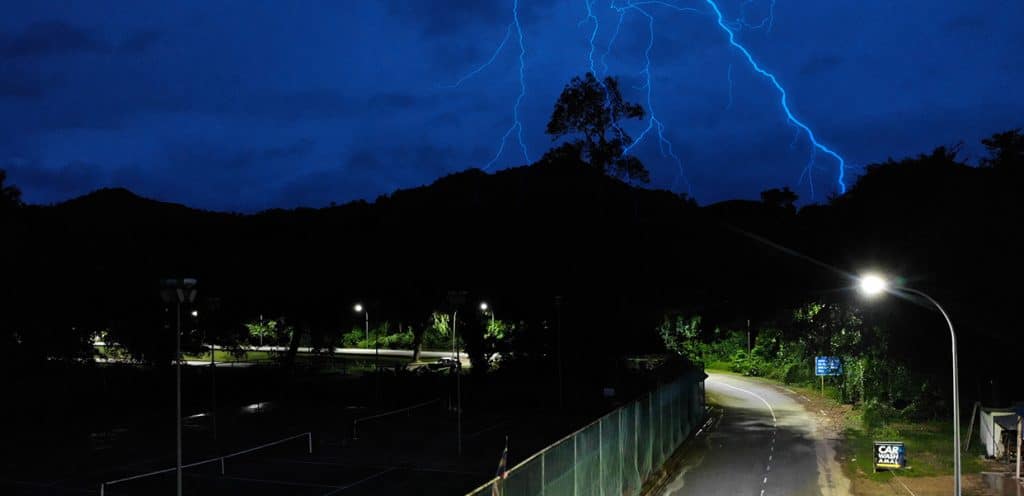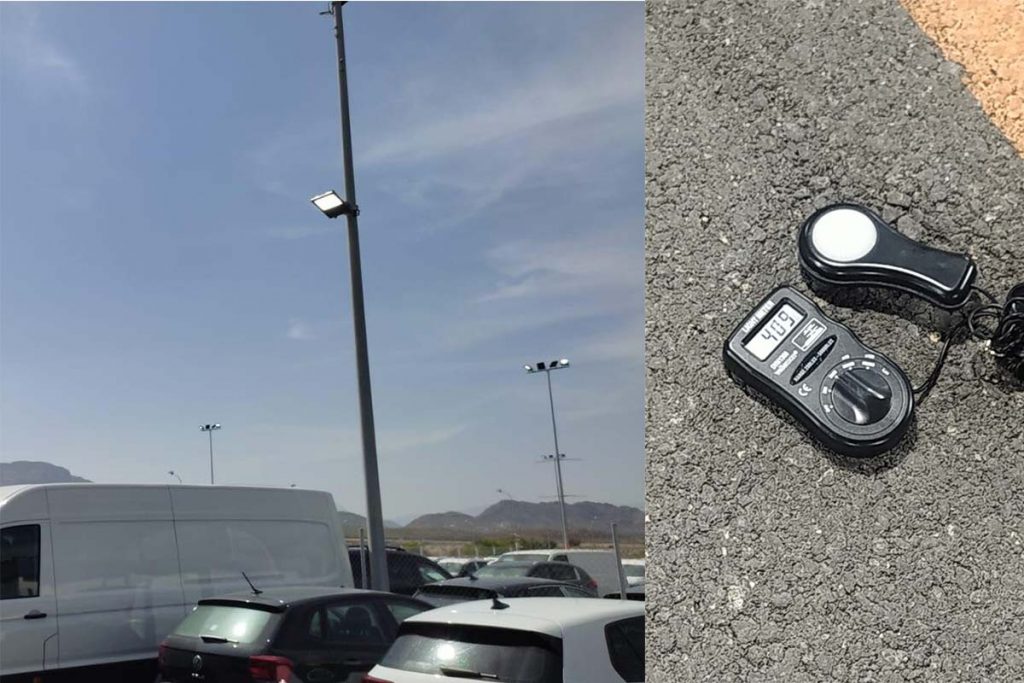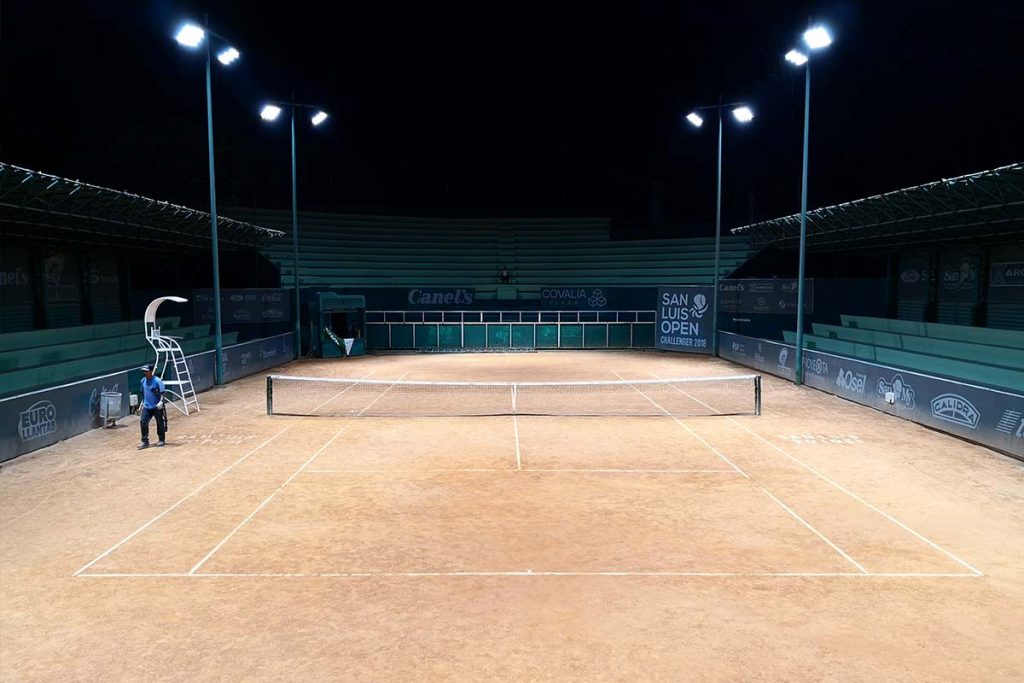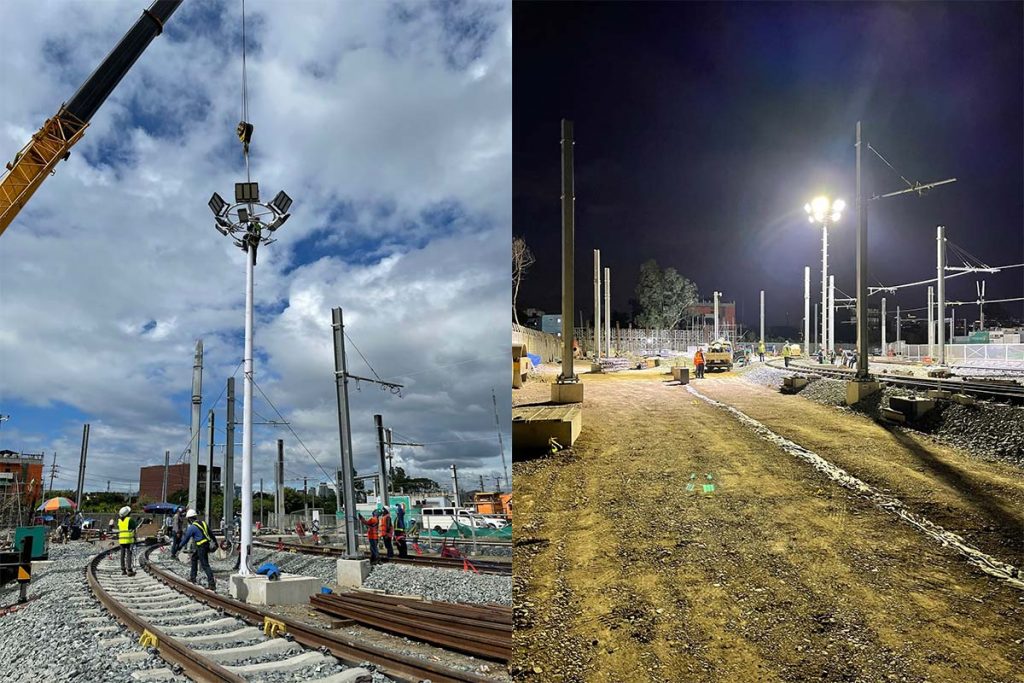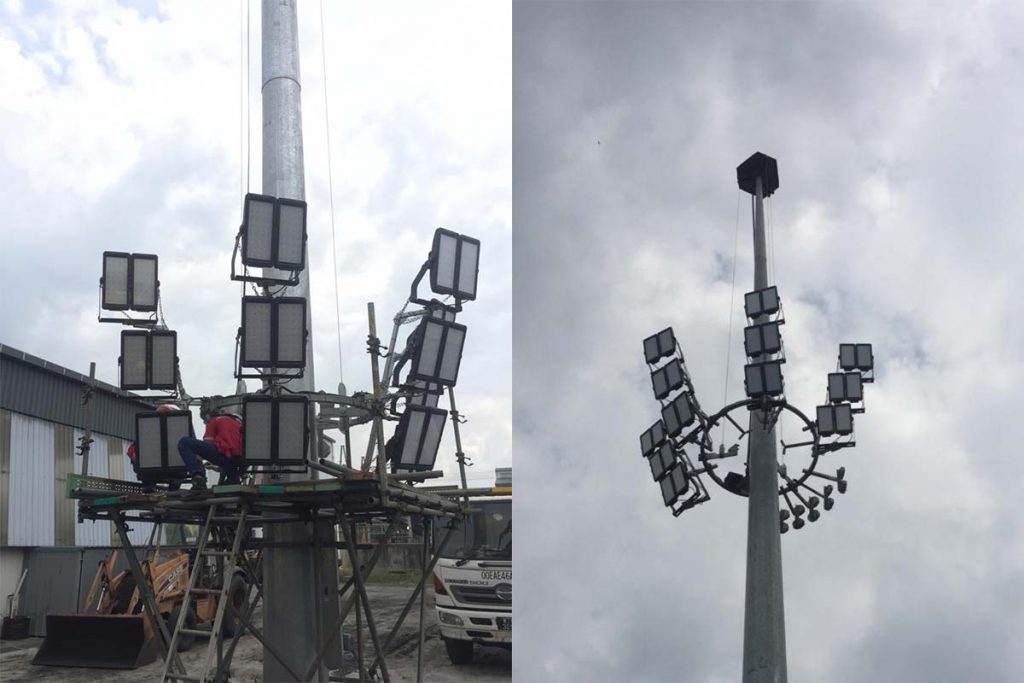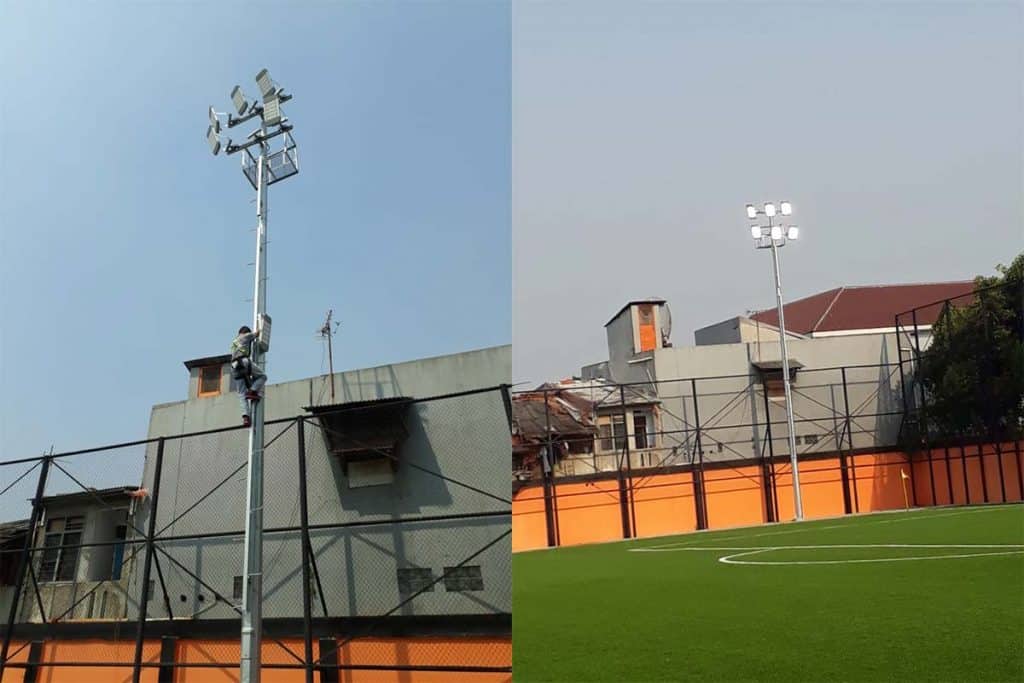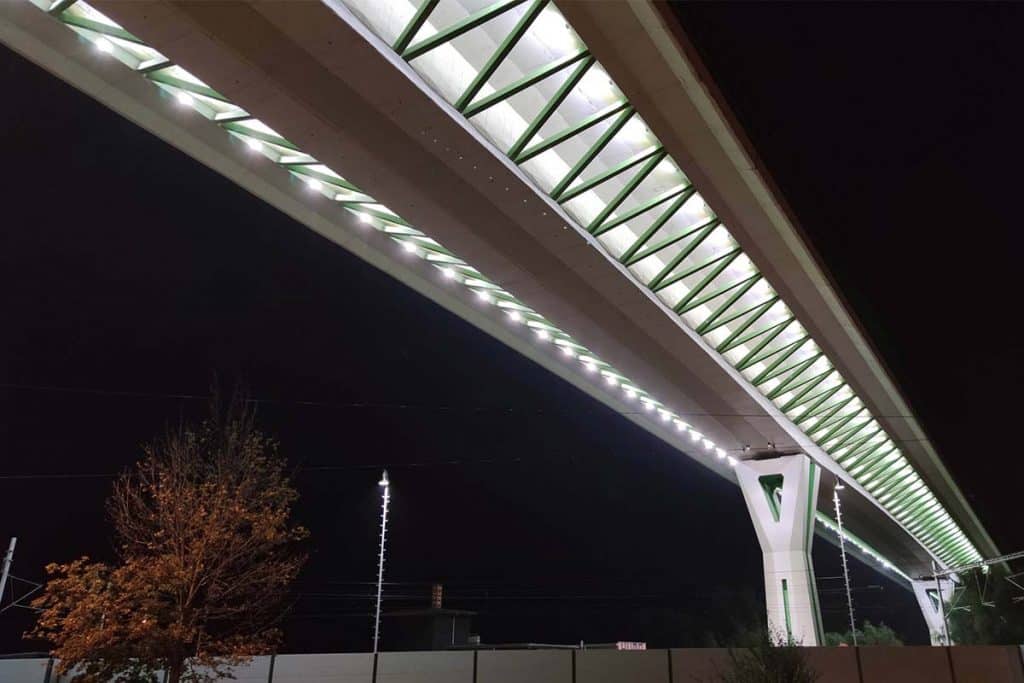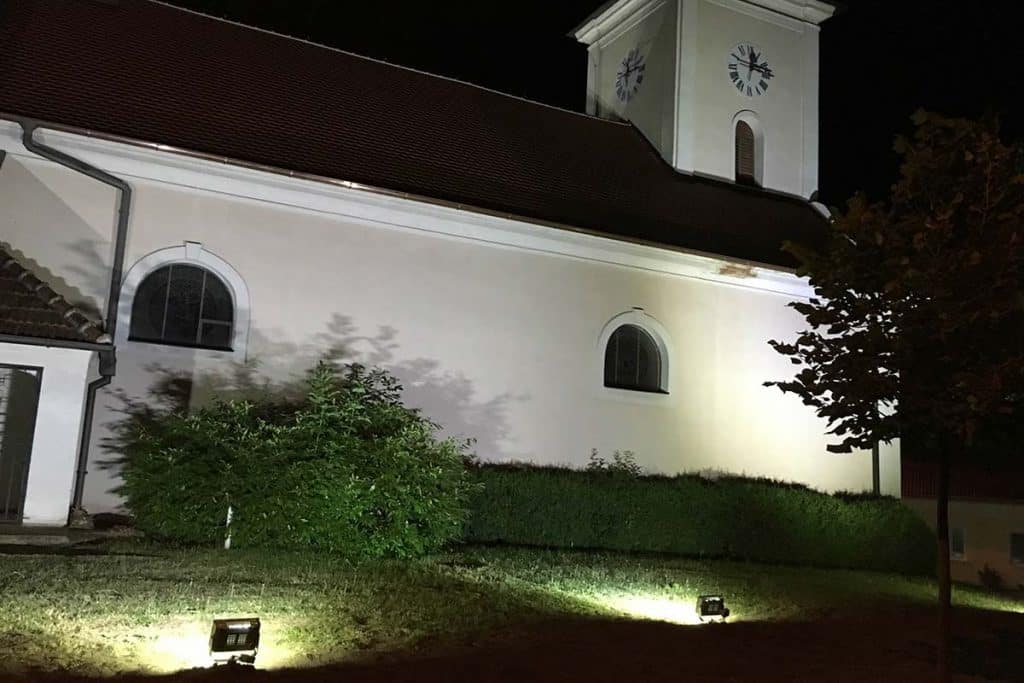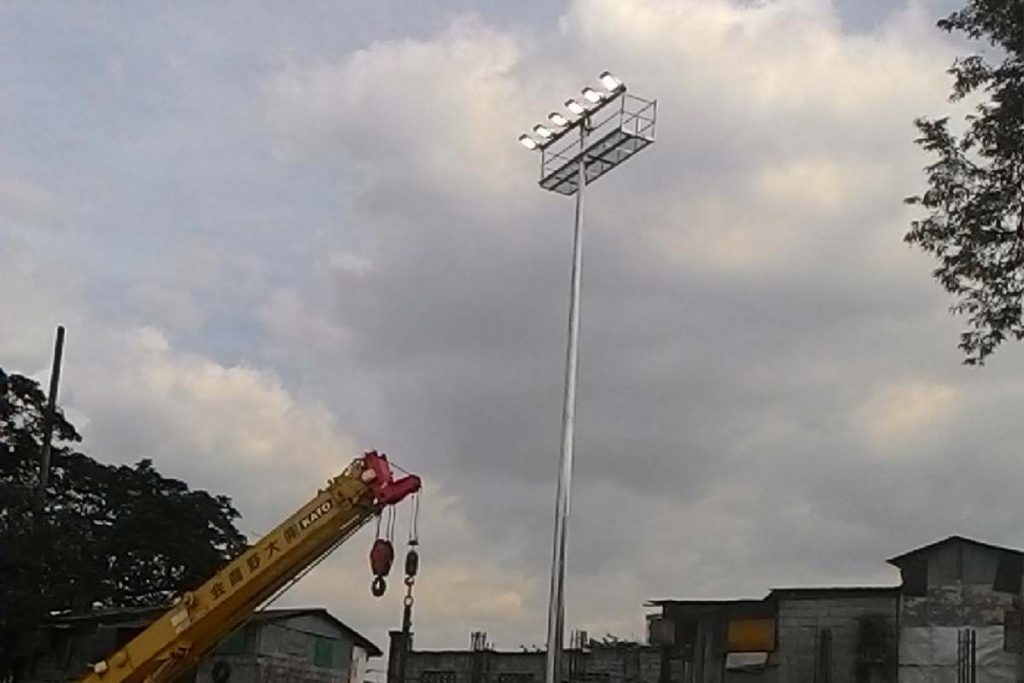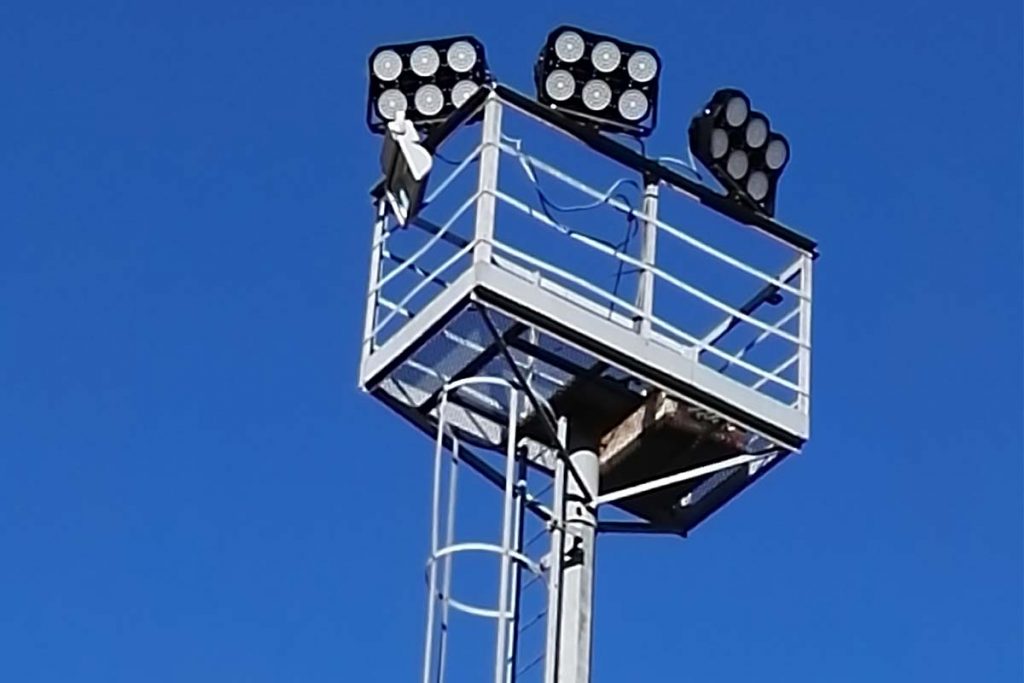LED Sports Lighting as per EN12193 Standard
LED Sports Lighting as per EN12193 Standard
Introduction
All sports events require good LED sports lighting in order for the game to function properly, achieve the best possible results, and provide enjoyment for the participants and spectators present, whether they are watching the game on TV in the stadium or at home. Media coverage, especially TV coverage, is playing an increasingly important role in sporting events, which means that the need for light is not only for players and spectators, but also for cameras for better images quality. Finally, the stadium lighting should also limit excessive lighting, because these lights and cause bad interference to players, spectators, referees and the surrounding environment.
ZGSM believes that there are three main points of good LED sports lighting design. First, to ensure optimal visibility for participants and viewers (including TV viewers); second, to create a visually satisfying and interesting scene; third, to ensure a good integration of the lighting system with the surrounding buildings. So what factors do we need to consider to do this? This article will give the answer.

Common requirements for LED sports lighting
Whether it is an indoor or outdoor court, they should follow the requirements below. These include illuminance, uniformity, CRI, CCT and glare. We think these are what we shall be paid attention to at the beginning of lighting design, and a good LED sports lighting design will pay more attention to these aspects.
Illuminance(Average horizontal illuminance)
Illuminance refers to the amount of light (measured in lux) that the stadium provides to the teleportation. Generally the faster the movement and the smaller the moving object, the higher the required light level. Since different levels of competition require different illumination levels, LED sports lighting designers will recommend several different settings to enable the lighting system to be used at all levels, from training mode (non-television) to international competition mode (television broadcast). ). Illumination level includes horizontal illuminance and vertical illuminance, the former is required in most stadiums, and the latter is usually required in stadiums with television broadcasts.
Illumination uniformity
Illuminance uniformity refers to the ratio of minimum illuminance to average illuminance/maximum illuminance on a given surface. The larger the value, the more uniform the light distribution and the more comfortable the visual experience. There are generally two measurement methods. 1. Min/Average: This is the ratio of the minimum illuminance to the average illuminance; 2. Min/Max: This is the ratio of the minimum illuminance to the maximum illuminance. To create balanced lighting conditions, there needs to be enough uniformity so that people’s eyes and TV cameras don’t have to constantly adapt to different light levels.
CRI
CRI represents the quality of light and the ability of the light source to accurately reproduce the color of the surface being illuminated. The color rendering index (Ra) is used to describe the performance of a light source. Color rendering is expressed as a score from 0 to 100 Ra on the Color Rendering Index (CRI). The higher the CRI value, the better the light source’s ability to accurately reproduce the colors of the objects it illuminates.
Usually the higher the level of the game, the more spectators or the broadcast of the game, which will require the LED sports lighting system to have a good color rendering. Generally, the color rendering index is calculated from the 8 values of R1 to R8. Usually, the CRI we say refers to this index. The Extended CRI rating adds R9 – R15 colors to the standard CRI samples.

Correlated color temperature
This is the surface color of the light source, which is different from the color rendering. Different color temperatures give different perceptions, usually warm (red) or cool (blue). Therefore color temperature is often described as “warm”, “white” or “cold”. Color temperature is defined in Kelvin (K). The lower the value, the warmer the color looks. For example, the 2700k has a warmer color appearance than the 4000k. The higher the value, the cooler the color looks, and this color temperature can make the players concentrate, so the stadium lighting generally chooses high and low temperature, such as 5700K.
Glare
Glare refers to visual conditions that cause visual discomfort and reduce the visibility of objects due to inappropriate brightness distribution or extreme brightness contrasts in space or time. “Glare” is a controversial issue, but there are mathematical formulas for calculating glare. Glare is usually a perception of light in the field of view that the human eye cannot adapt to and can cause disgust, discomfort and even vision loss. Uncomfortable glare on the court is caused by a certain point (lamp) being too bright, so we should pay more attention to the arrangement of the stadium lamps.
Requirements for outdoor sports lighting
Waterproof and dustproof
In order to express the degree of protection of electrical equipment enclosures against foreign intrusion, IP (What’s Ingress protection) is used as a scale. For high IP rated LED lights, they are not only waterproof and dustproof, but also can withstand high pressure and steam cleaning. The higher the IP lamp of the LED stadium light or floodlight ( Explore the best led lights for soccer fields ) , the better the dustproof and waterproof effect, and it is more suitable for outdoor use.
High IP-rated LED lamps can avoid damage to the original closed structure of the lamps, thereby avoiding the leakage of water and dust, which can cause damage to internal circuits and corrosion of components. These are beneficial for the lamps to provide longer and better LED sports lighting for the stadium.

Impact protection
The IK specification applies to the classification of the protection levels of electrical equipment enclosures against external mechanical shocks. IK codes range from IK00 to IK10. The higher the grade, the better the impact resistance. Products with high IK lamps can be used in football, tennis, basketball and other intense sports fields to ensure that the lamps can still work normally under a certain degree of impact from balls and other objects. Failure to do so could result in injuries to athletes and panic among spectators. Therefore, when we choose lamps for outdoor environments, we should pay attention to their IK codes to avoid unpredictable dangers.
Reduce light pollution
With the improvement of environmental awareness, people have higher requirements for the quality of light. In recent years, lighting pollution has attracted more and more attention. Outdoor sports venues are often located near residential areas, so there are strict requirements on the angle and coverage of the light, which can protect the surrounding people from being disturbed by too bright light, which can cause damage to the eyes.
Additionally, light pollution may cause people to feel anxious, have trouble concentrating, and sleep poorly. It can cause severe insomnia and headaches, even worse. ZGSM believes that narrow beam and middle beam angle fixtures are more suitable for outdoor sports. Stadium lights of this spectrum have no excess light and protect people from glare and light pollution.
Requirements for indoor sports lighting
Average vertical illuminance (Ev)
Average vertical illuminance refers to the illuminance level of light on a vertical plane. Vertical illuminance is measured on a hypothetical surface placed vertically. Vertical lighting is generally required in very high-standard stadium lighting, such as FIFA-level football games and FIBA-level basketball games. Of course, top leagues with 4k cameras broadcasting TV have requirements for vertical lighting. On the contrary, in most cases, some low-level leagues and training venues have no requirements for it, because in order to meet the corresponding requirements, we need more lamps and higher requirements for the arrangement of lamps.
CRI
As mentioned in the previous section, the color rendering index represents the ability of a light source to accurately reproduce the color of an object’s surface. We use the Color Rendering Index (Ra) to describe the performance of stadium lights and floodlights at this convenience. For indoor sports venues (gymnasiums), there are generally a large number of spectators, and such stadiums have TV broadcast needs. In order to give the audience a better visual experience and better image effects, the corresponding LED sports lighting fixtures should also have a higher CRI.
Flicker Free
Flicker is the brightness change of the directly visible light source. In LED lamps, this brightness change is generally caused by the fluctuation of the output current of the LED driver. Normally it can cause false vision, eyeglass fatigue, and in severe cases migraines and visual confusion. On the court, this stroboscopic effect can cause athletes to lose sight of moving objects, especially high-speed spheres. In a stadium with cameras, it will lead to poor picture quality, and the black and white scroll bar will seriously affect the TV broadcast effect.
Different sports – Football, Basketball, Tennis, Baseball, Rugby, Volleyball, etc
Football
Football is a team sport. Two teams of eleven players play on a 105*68m field. The players use a round ball to kick the ball. Except for the goalkeeper, they are not allowed to use their hands or arms during the game to touch the ball. The object of the game is to score points by kicking the ball into the opponent’s goal or by jacking the ball into the opponent’s goal. Football is played at both amateur and professional levels all over the world, and due to their widespread popularity, there was an immediate awareness of the need to properly illuminate these types of sports facilities at night and guarantee optimal lighting for players and spectators.
On a global scale, FIFA (FIFA which is short for Fédération Internationale de Football Association) has issued clear directives on football pitch lighting, taking into account the lighting elements, uniformity, glare, temperature and color rendering that the LED sports lighting system must guarantee features. At the European level, the only valid lighting standard is the EN 12193:2018 regulation published by European Committee for Standardization (ECS). The LED sports lighting class mainly depends on the level of competition, the table below gives the lighting requirements for different class ratios.
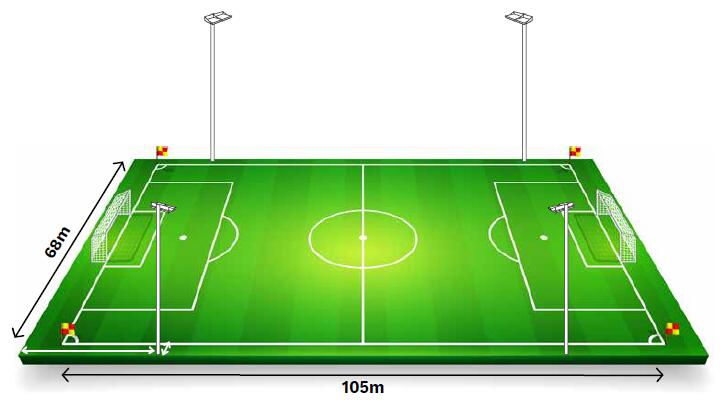
Football lighting standard as per EN12193-2018 sports lighting
| Football | EN12193 Class I | EN12193 Class II | EN12193 Class III |
| Illuminance | 500lx | 200lx | 75lx |
| Uniformity | 0.7 | 0.6 | 0.5 |
| Glare | 55 | 55 | 55 |
| CRI | 70 | 60 | 60 |
Basketball
Basketball is a team sport in which two teams (usually five players each) play against each other on a rectangular (FIBA size of 28*15m) field with the main purpose of shooting the ball. Basketball has amateur and professional level competitions all over the world, and the venues are also divided into indoor and outdoor, but most professional games are played on indoor basketball courts. Because games are played at night, we need to provide the correct lighting for these types of sports facilities at night to provide the best visual experience for players and spectators.
At an international level, LED sports lighting guidelines or main rules are developed by FIBA and ECS (European Committee for Standardization, EN12193:2018). The instructions in these guidelines are very detailed and mainly concern the lighting elements, uniformity, glare and temperature and color rendering characteristics that the LED sports lighting system must ensure to properly illuminate the playing area and the vertical lighting level of the TV camera. The following lighting examples are all EN12193 compliant and the examples are divided into indoor and outdoor solutions to highlight the differences between the two types of basketball lighting systems.
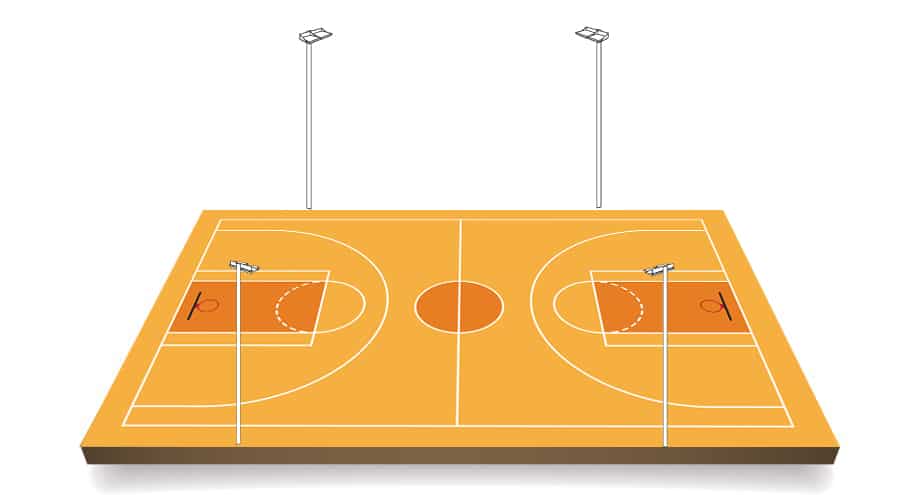
Outdoor basketball lighting standard as per EN12193-2018 sports lighting
| Outdoor Basketball | EN12193 Class I | EN12193 Class II | EN12193 Class III |
| Illuminance | 500lx | 200lx | 75lx |
| Uniformity | 0.7 | 0.6 | 0.5 |
| Glare | 55 | 55 | 55 |
| CRI | 70 | 60 | 60 |
Tennis
Tennis is a game in which two or four players (doubles) hit a net across a court with rackets. The usual form (originally known as lawn tennis) is to play tennis on grass, clay or artificial surfaces with hollow rubber balls covered with felt. The standard tennis court size is 23.77*8.23m, but we need to note that the total playing area is 36.6*18.3m.
At an international level, lighting guidelines or main rules are developed by the ITF (International Tennis Federation) and ECS (European Committee for Standardization, EN12193:2018). Below is a schematic diagram of the lighting design for an outdoor tennis court (two tennis courts lined up together). If you are interested in tennis court lighting, you can refer to our blog tennis court lighting.
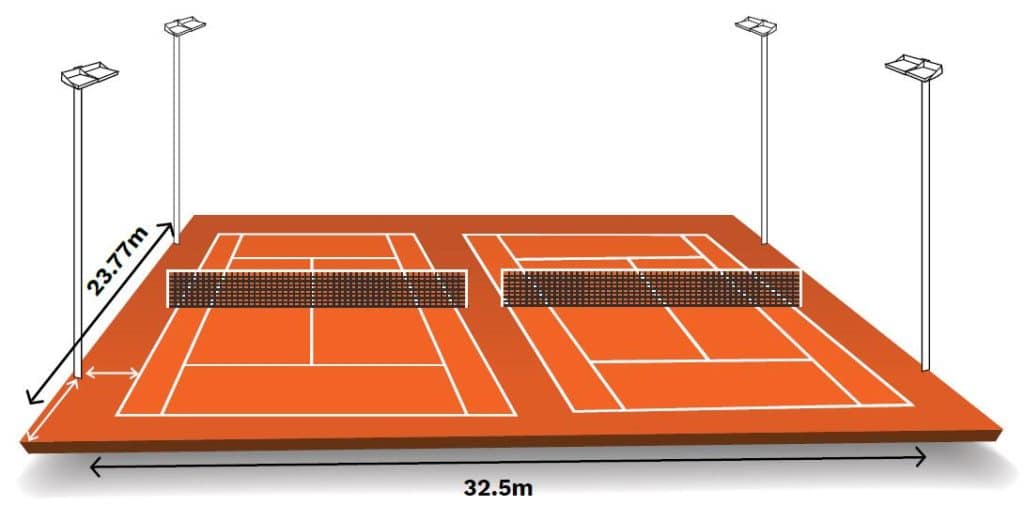
Outdoor tennis court lighting standard as per EN12193-2018 sports lighting
| Outdoor Tennis | EN12193 Class I | EN12193 Class II | EN12193 Class III |
| Illuminance | 500lx | 300lx | 200lx |
| Uniformity | 0.7 | 0.7 | 0.5 |
| Glare | 55 | 55 | 55 |
| CRI | 70 | 60 | 60 |
Baseball
Baseball is a ball game played by 9 players using a bat and a ball on an outdoor field(baseball diamond). ECS (European Committee for Standardization, EN12193:2018) has made corresponding regulations on baseball field lighting, but the standards involved are not very detailed. Due to its relative complexity, including the size of the baseball field of different levels, the lighting requirements of infield and outfield, the distribution of light poles, etc., we will not go into details here. If you are interested, you can refer to this blog about baseball field lighting.
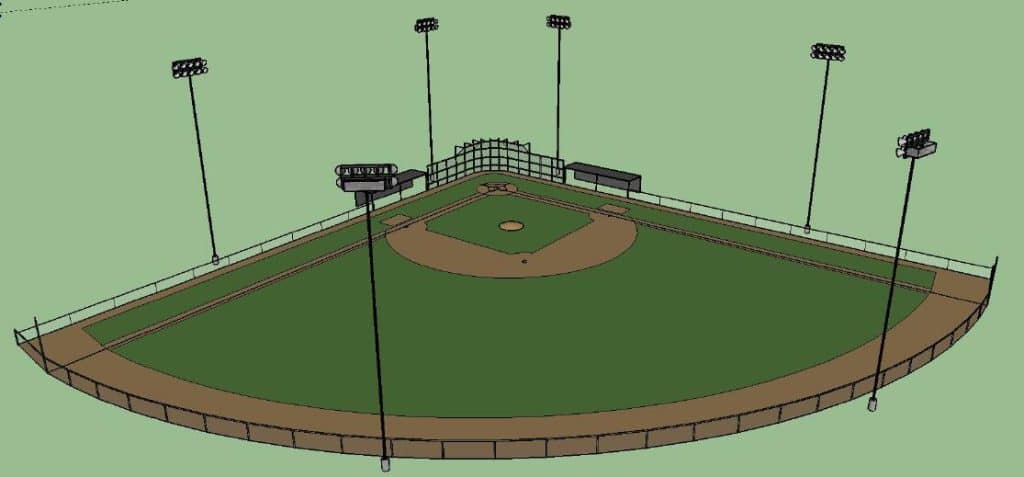
Baseball lighting standard as per EN12193-2018 sports lighting
| Baseball | EN12193 Class I | EN12193 Class II | EN12193 Class III |
| Illuminance | 750lx | 500lx | 300lx |
| Uniformity | 0.7 | 0.7 | 0.5 |
| Glare | 50 | 50 | 55 |
| CRI | 70 | 60 | 60 |
Rugby
Although rugby (American football) evolved from football, the two are different. Rugby is more similar to football than American football because it is a continuous sport. American Rugby, also known as American football, is more popular in the United States as the name suggests. On the contrary, rugby is one of the most popular sports in the world, including the UK and Australia. ECS (European Committee for Standardization, EN12193:2018) has developed relevant standards to guide the lighting design of Rugby Stadium. The following is a schematic diagram of the arrangement of lamps and a table of lighting requirements.
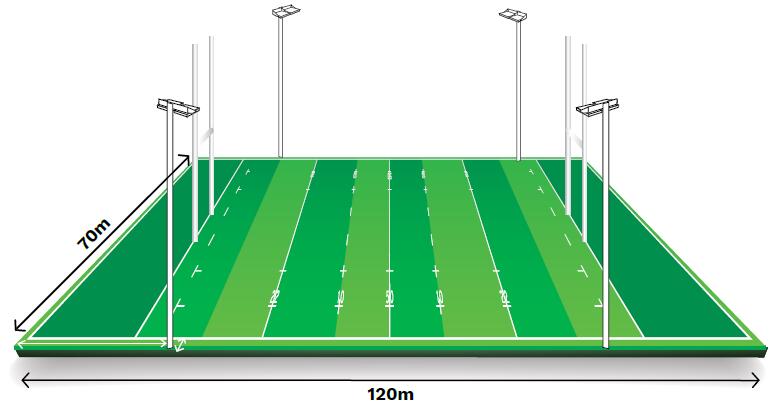
Rugby pitch lighting standard as per EN12193-2018 sports lighting
| Rugby | EN12193 Class I | EN12193 Class II | EN12193 Class III |
| Illuminance | 500lx | 200lx | 75lx |
| Uniformity | 0.7 | 0.6 | 0.5 |
| Glare | 55 | 55 | 55 |
| CRI | 70 | 60 | 60 |
Volleyball
Volleyball is a team sport with two teams of six, separated by a net. According to organized rules, each team attempts to score by placing the ball on the opponent’s court. At an international level, lighting guidelines or main regulations are developed by FIVB and ECS (European Committee for Standardization, EN12193:2018). The lighting requirements and lighting design (arrangement of lamps) of the volleyball court are basically the same as those of the basketball court, so we can refer to the section on basketball court lighting.
Other sports – Swimming pool, athletic field, multi-purpose field, etc
In addition to the football field, basketball field, tennis court, baseball field, rugby field, sports field mentioned above also includes swimming pool, athletic field, multi-purpose field, cricket ( Explore ZGSM’s LED floodlights for cricket stadium lighting ), hockey, ice hockey, etc. ECS (European Committee for Standardization) in its designation It is mentioned in the EN12193:2018 standard. If you are interested, you can check the relevant standards. Of course we are also willing to share this information with you, contact us to get it or more information.
Summary
Through this article, we hope that everyone has a certain understanding of the lighting requirements of various sports venues. When it comes to professional pitch lighting, we believe it is important to follow proper standards(EN12193:2018) and guidelines. This article mainly introduces the knowledge of lighting standards and lighting design for various sports such as football, basketball, tennis, baseball, rugby and volleyball. At the same time, it also briefly describes the aspects that need to be paid attention to in the lighting design of these sports venues. We can also help our clients with the sports lighting fixtures for sports complex, please check this article to find more.
Hopefully your lighting design will bring a better visual experience to players, spectators and broadcasters, while the lights you choose have better performance to serve your customers in the long term. We also hope that everyone will make breakthroughs in project design and find their favorite LED stadium lights or floodlights. Finally, welcome to contact us by email to [email protected], ZGSM will provide you with professional services and the best stadium lighting.
Rated Products
Related Blogs
Related Cases
People also ask
Author introduction

Hello Customers,
My name is Taylor Gong, I’m the product manager of ZGSM Tech. I have been in the LED lights industry for more than 13 years. Good at lighting design, street light system configuration, and bidding technology support. Feel free to contact us. I’m happy to provide you with the best service and products.
Email: [email protected] | WhatsApp: +8615068758483

